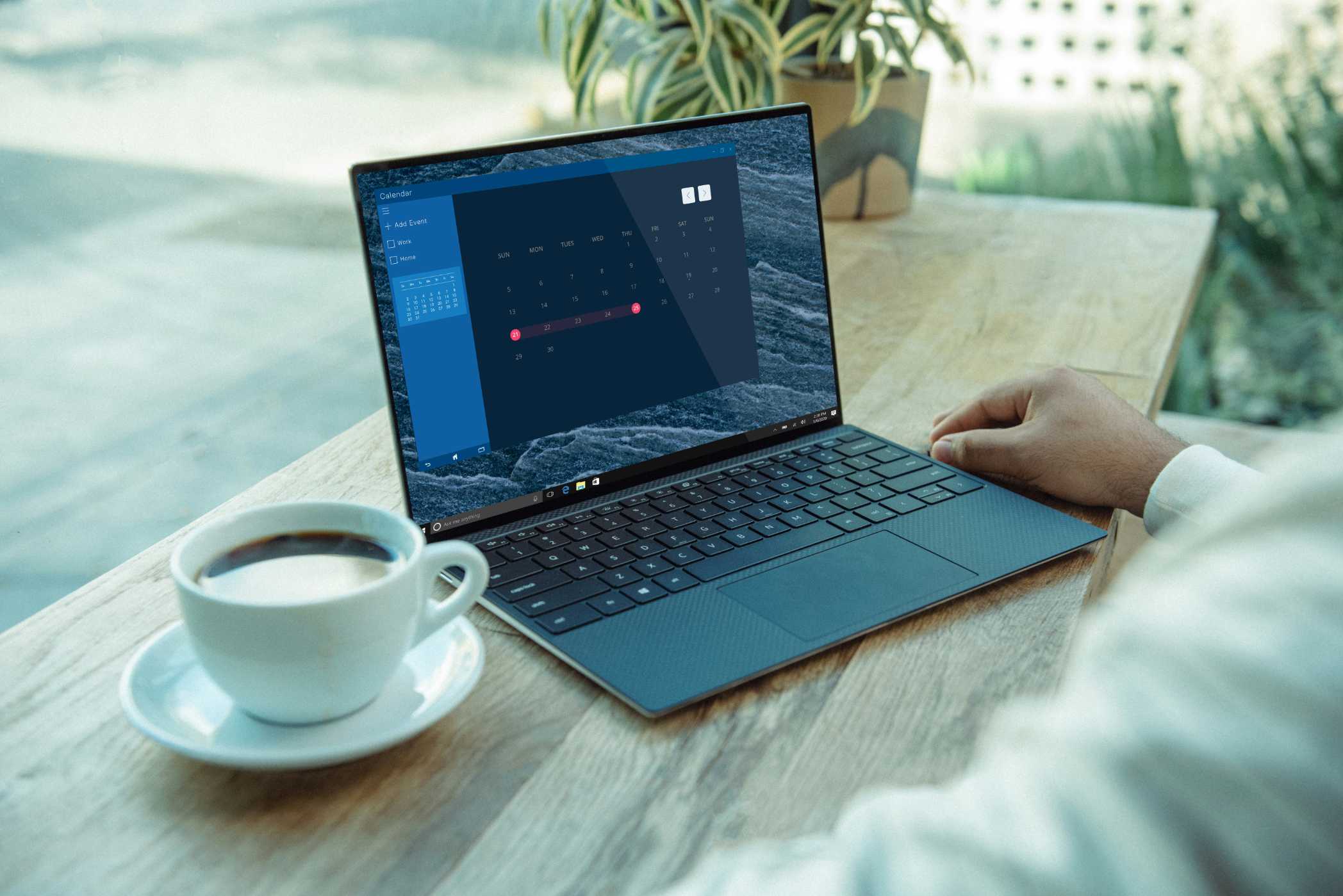What Makes Web3 Different from Web2?
A deep dive into the fundamental differences between Web2 and Web3. Explore the shift from centralized platforms to decentralized protocols, and what it means for users, developers, and the internet.

The internet has evolved in distinct phases, each with its own architectural and philosophical underpinnings. While the transition from the static, read-only world of Web1 to the interactive, social world of Web2 was significant, the shift to Web3 represents a far more fundamental paradigm change. It's not just an upgrade; it's a complete re-architecting of the internet's power structures.
Understanding the differences between Web2 and Web3 is crucial for grasping the potential of a decentralized internet. This guide will explore the key distinctions in architecture, data ownership, economics, and identity that define this new era.
The Core Distinction: Centralization vs. Decentralization
The single most important difference lies in the underlying architecture.
-
Web2: Centralized Platforms. The internet we use today is dominated by centralized applications (platforms) run by corporations. Your data, your content, and your online identity are stored on servers owned by companies like Meta, Google, and Amazon. These companies act as trusted intermediaries for all interactions. You log into their platform, and they control the rules.
-
Web3: Decentralized Protocols. Web3 is built on decentralized protocols, not platforms. These are open-source rules enforced by smart contracts on a public blockchain. Instead of a central server, the application runs on a peer-to-peer network of computers. No single entity controls the network or can unilaterally change the rules.
Data Ownership: You are the Product vs. You are the Owner
This architectural difference leads to a profound shift in data ownership.
-
Web2: The Platform Owns Your Data. When you upload a photo to Instagram or post a tweet, you are giving that data to the platform. They can monetize it by selling ads against it, use it to train their algorithms, and control how it's seen. You are the product.
-
Web3: You Own Your Data. In Web3, your data and digital assets are controlled by you in your personal crypto wallet. An application might ask for permission to read or use your data, but you are the ultimate owner and can revoke that permission. The relationship is flipped; platforms become services that you grant access to, rather than landlords on whose property you reside.
Economics: Attention Economy vs. Ownership Economy
The business models of Web2 and Web3 are fundamentally different.
-
Web2: The Attention Economy. The primary business model is advertising. Platforms are incentivized to capture as much of your attention as possible to show you more ads. This leads to addictive design patterns and algorithms that optimize for engagement, not user well-being.
-
Web3: The Ownership Economy. Web3 enables new business models where value accrues directly to the users and creators who build the network. Through tokens (NFTs and fungible tokens), users can become direct owners of the applications and communities they participate in. The incentives are aligned between the builders and the users.
Identity: Platform Accounts vs. Self-Sovereign Wallets
Your online identity is a key battleground between the two paradigms.
-
Web2: Siloed, Platform-Specific Identity. Your identity is your login for each platform (your Google account, your Facebook account). If you get banned from a platform, you lose your account, your followers, and your content. Your digital identity is not portable.
-
Web3: Self-Sovereign, Portable Identity. Your identity is your wallet address. It's a universal, pseudonymous account that you own and can use to interact with any application on the network. You can't be de-platformed because no single entity controls your wallet. This is the foundation of Decentralized Identity (DID).
Summary of Differences
| Feature | Web2 (The Present) | Web3 (The Future) | |----------------|-----------------------------------------------------|-------------------------------------------------------| | Architecture | Centralized (Client-Server) | Decentralized (Peer-to-Peer, Blockchain) | | Control | Ruled by Corporations | Governed by Communities (DAOs) | | Data Model | Platform owns the data | User owns the data | | Economics | Attention Economy (Advertising) | Ownership Economy (Tokens) | | Identity | Platform-specific accounts | Self-sovereign wallets | | Trust | Trust in institutions (banks, companies) | Trust in code and mathematics | | Permission | Permissioned (Platforms are gatekeepers) | Permissionless (Anyone can build and participate) |
Conclusion: A More Equitable Internet
Web3 is not just about a new set of technologies; it's a philosophical and political movement. It's a response to the problems of a centralized internet—the data monopolies, the censorship, and the misaligned incentives of the attention economy. By leveraging blockchain technology to create a decentralized foundation, Web3 aims to build a more open, equitable, and user-owned internet. The transition will be long and complex, but the fundamental differences in its architecture and values represent one of the most significant shifts in the history of the web.
Frequently Asked Questions
1. What are the key characteristics of Web3?
The core characteristics of Web3 are decentralization, blockchain technology, cryptocurrency, and user ownership. It's often called the "read-write-own" internet. For a full breakdown, check our guide, "What is Web3?".
2. Is Web3 more secure than Web2?
It's a different security model. In Web3, the core protocol is extremely secure, but the user bears more personal responsibility. You are in control of your own assets, which means you are also responsible for securing your own wallet.
3. Will Web3 replace Web2?
It's unlikely that Web3 will completely replace Web2 overnight. A more likely scenario is a gradual transition and a hybrid future where decentralized Web3 protocols are integrated into existing Web2 applications, providing a layer of user ownership and control.
4. What is a "dApp"?
A dApp is a decentralized application. It's like a regular app, but its backend logic is powered by smart contracts running on a public blockchain, making it open and censorship-resistant.
5. How can I start experiencing Web3 today?
The first step is to get a non-custodial crypto wallet like MetaMask. From there, you can explore the world of decentralized applications, from swapping tokens on a DeFi exchange to collecting


